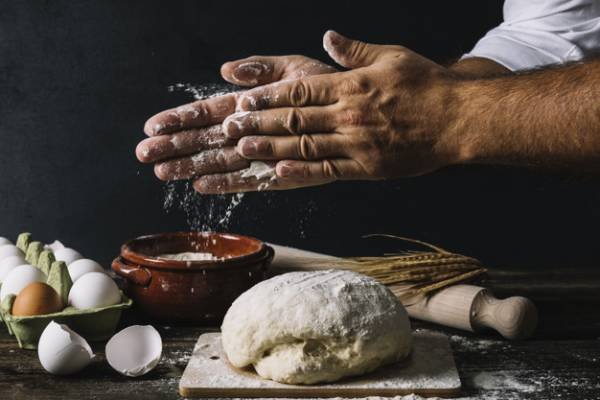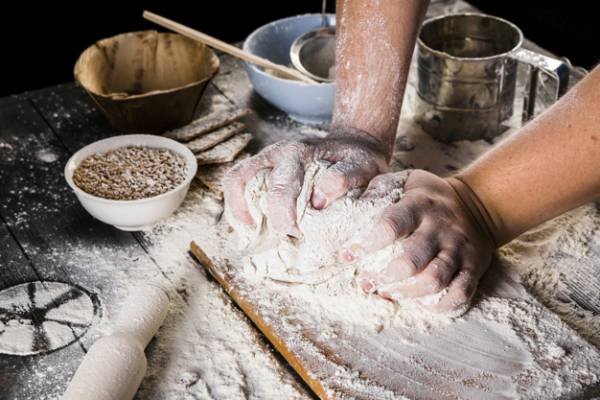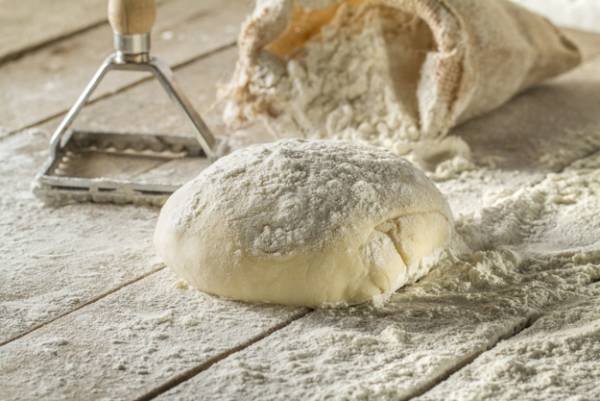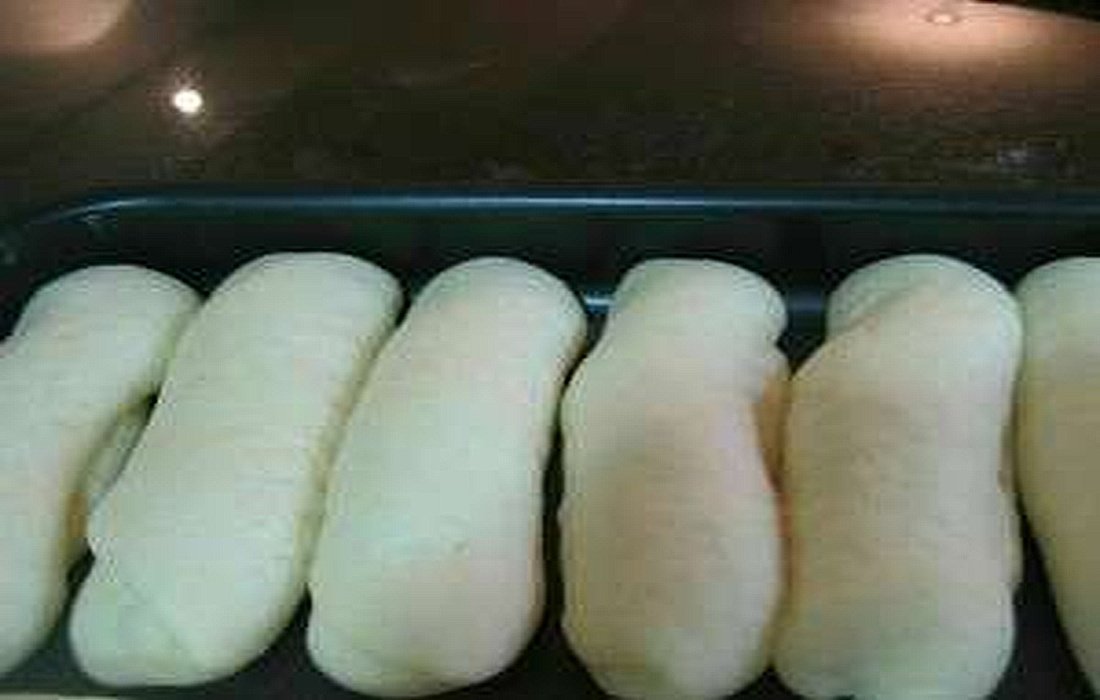Key Tips for Making Bread Dough
Baking bread at home allows you to enjoy fresh flavors and control the ingredients used. In this section ofSelMagzWe have shared important tips about bread dough that we hope you find useful.
Why Does Dough Stick to Your Hands?
Baking bread at home is easy, but if it’s your first time, preparing the dough and the baking process may seem challenging. One common question for new bakers is how to know when the dough has risen properly. You can check by using your finger to poke the dough or by gently tapping it with a sharp object.

Before Rising
You need to knead the dough well to develop gluten, which makes soft bread. To do this, knead the dough for 10 to 12 minutes, then tap it with your finger.
If the dough returns to its original shape after being tapped and fills the dent, it is ready for the first rise. If a deep crack appears, continue kneading.

The First Finger Test
Typically, bread dough rises in two stages, with the first rise happening after mixing the dough in a bowl or bag. After mixing, place the dough in a container and let it rise for an hour.
To check if the dough has risen and is ready for shaping, press two fingers into the dough. If the indent fills in quickly, it needs more time to rise. If the indent remains, the dough is ready to be shaped and should rest before the second test.

The Second Finger Test
In the tray where the shaped dough is placed, the second rise occurs. The dough’s volume increases, and the yeast’s aroma and flavor reduce. If the dough rises too long at this stage, it can deflate and become dense.
During the second rise, you can test the dough again by gently pressing it with your finger. If a shallow dent forms, the dough is ready to bake.

Considerations
The finger test does not work for doughs like ciabatta or baguettes, which have high hydration. It’s suitable for doughs with a moderate amount of yeast. Baguette or ciabatta dough can remain sticky even when ready for baking.
Wet dough that is ready to bake, even if sticky, should not fall apart when touched. For this type of dough, you can use the windowpane test—stretch it until it’s very thin.

Causes and Solutions for Dough Sticking to Hands
If your dough (be it bread or pastry) is sticky and clings to your fingers making it hard to work with, cover it and place it in the fridge until it cools down, reducing its stickiness.
If it remains sticky, sprinkle a little flour on it and knead until it becomes smooth. Make sure not to add too little flour, as this can cause the dough to stick to your hands. However, avoid adding too much flour, as it can make the dough stiff and dry.







